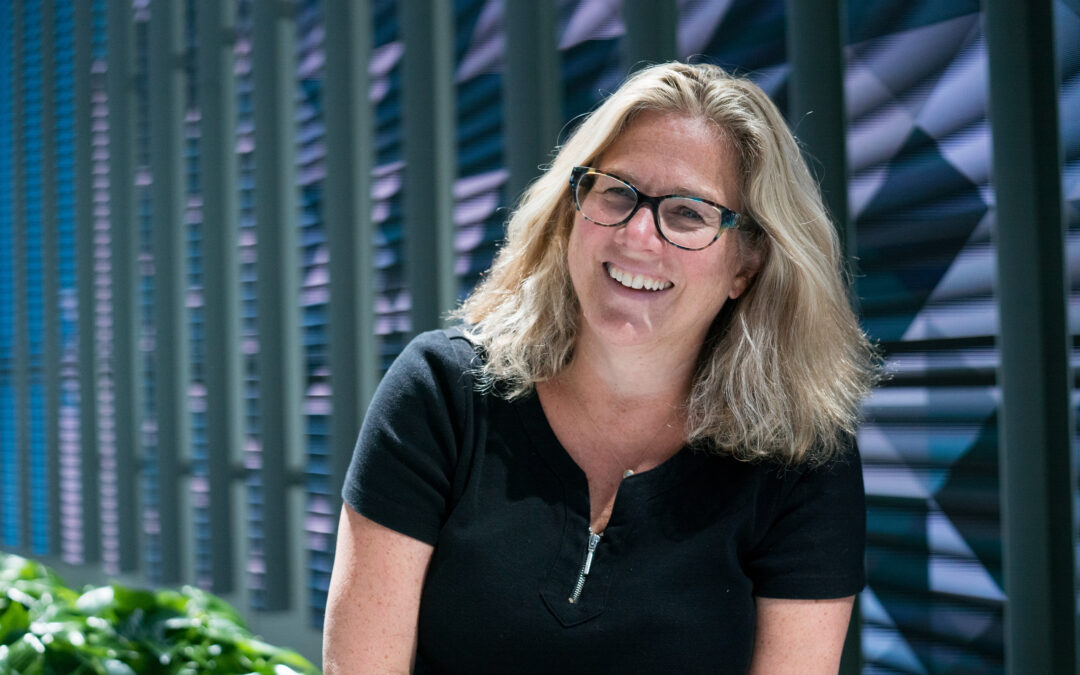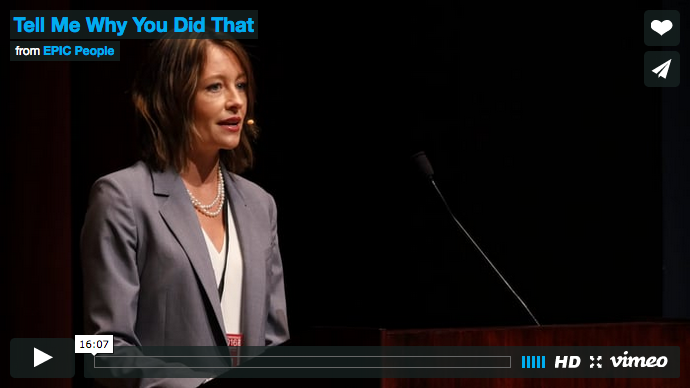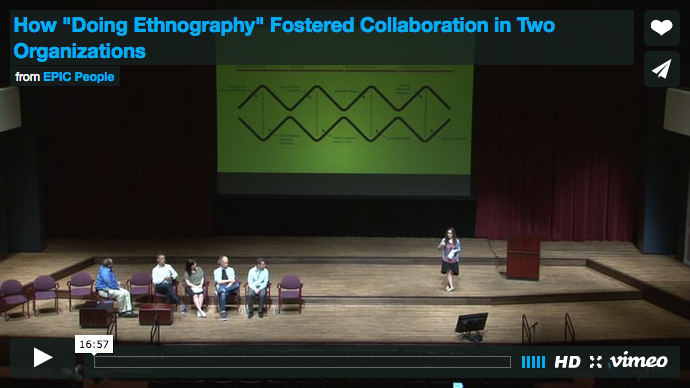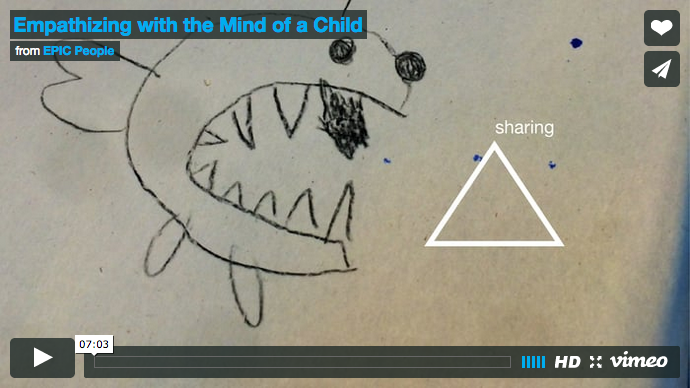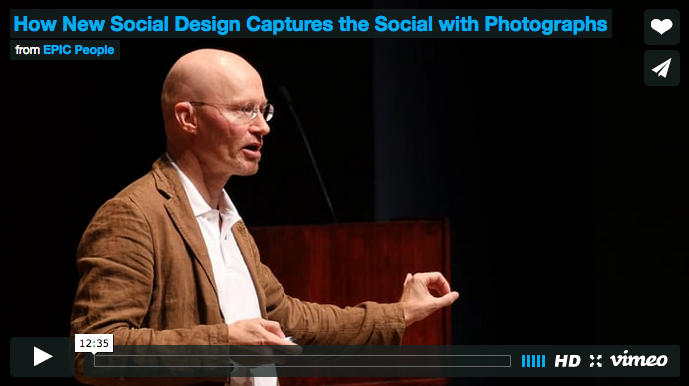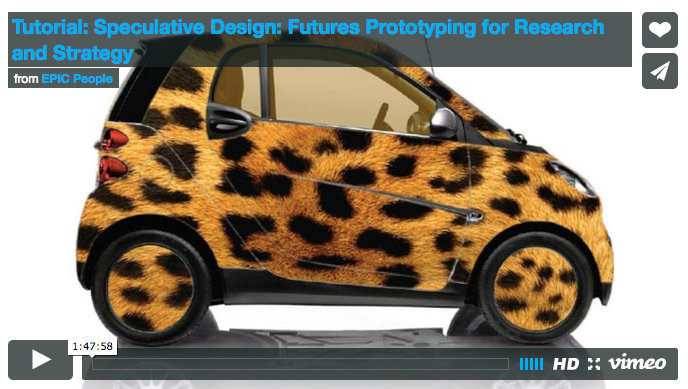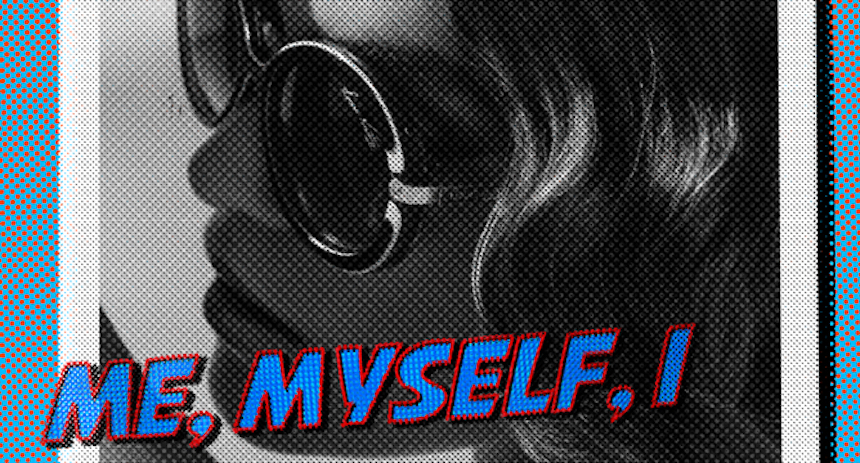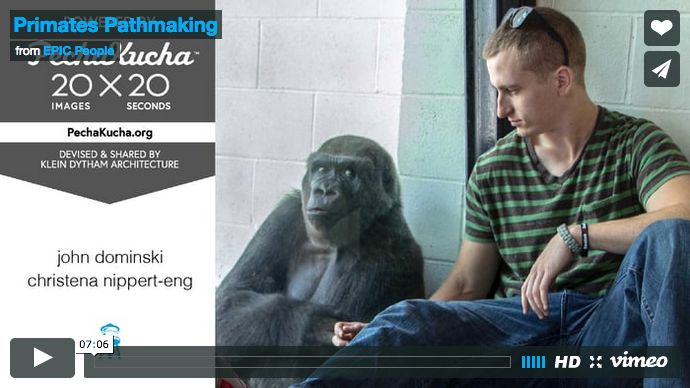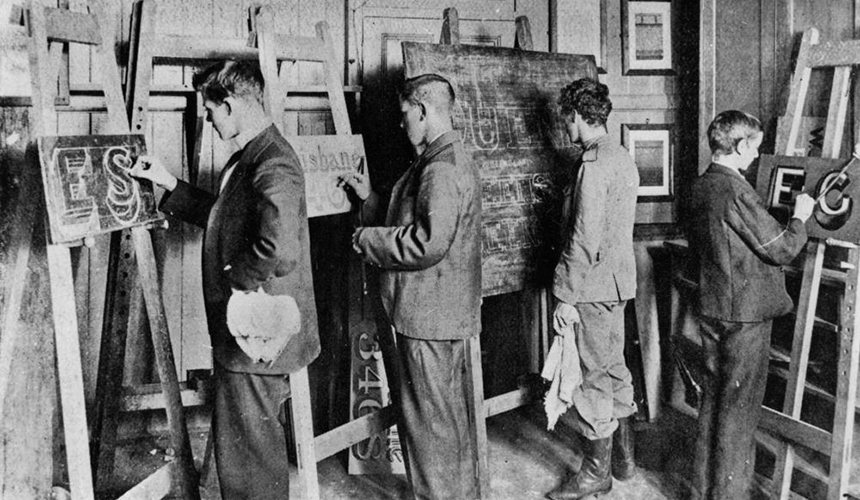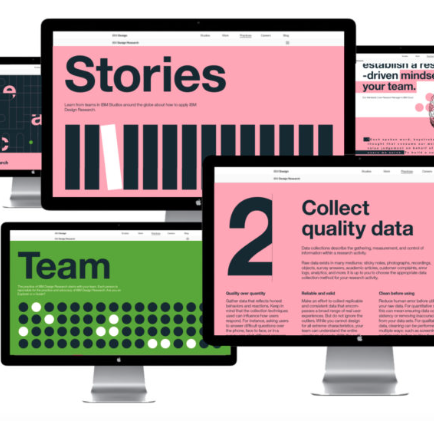How do you make 1000 designers better at research while ensuring quality and rigor at the same time? This is the kind of challenge Martha Cotton gets tackle at work everyday as Group Design Director for Research at Fjord—and as a member of the EPIC Board. “If we are going to deeply understand the...
